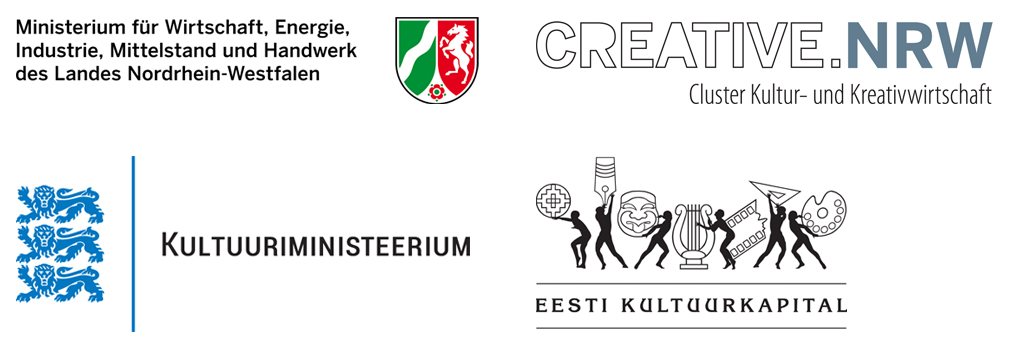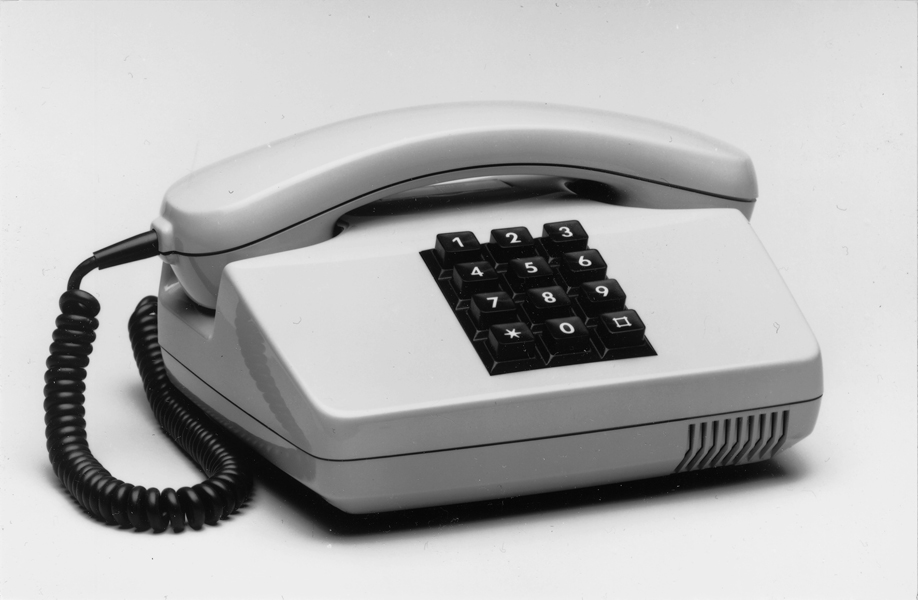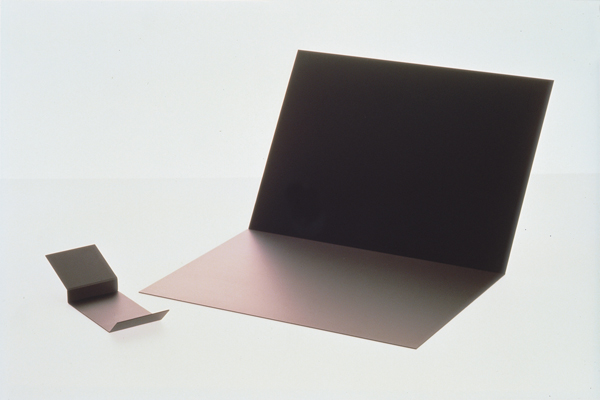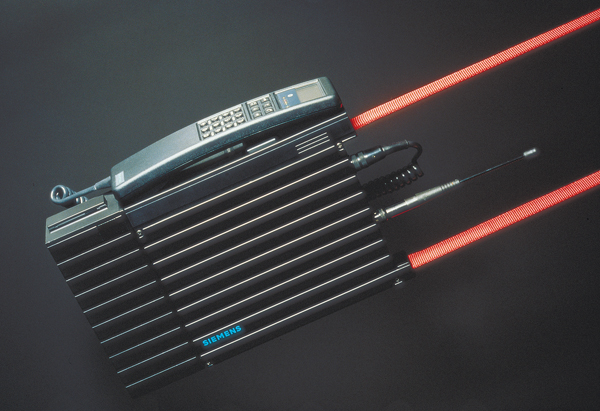“Tõnis Käo: ‘Design as Experiment’, Retrospective” in the Red Dot Design Museum Essen, Germany
As leading institutes for design in Essen/Germany, the Red Dot Design Museum Essen and Folkwang University of the Arts are presenting their first joint project: the exhibition “Tõnis Käo: ‘Design as Experiment’, Retrospective”, which was curated by the Estonian Museum of Applied Art and Design in Tallinn in 2014. From 22 January 2016, the exhibition will show an overview of the life’s work of Professor Tõnis Käo, who completed his studies at Folkwang University of the Arts and is regarded as a pioneer in system design. The special exhibition will be on show in the Red Dot Design Museum Essen in Germany on the Zollverein World Heritage Site until 3 April.
Visitors will get an insight into the creative works of Tõnis Käo, who was hugely successful as an industrial designer and contributed to contemporary international design and to bringing it to the people. He is part of a generation of all-rounders in design. Above all else, his strengths lie in interdisciplinary work and his approach of understanding design as an experiment. His work always focused on designing the future. Numerous innovative designs that have written design history are testament to this focus.
In 1970, together with Herbert Krämer, Tõnis Käo designed the first push-button telephone for Deutsche Bundespost, thus setting a new standard which still shapes our physical relationship to telephones today. Tõnis Käo is also responsible for an icon of the communication age: the “C2 portable” mobile phone, which was brought to market by Siemens in 1988 and later attained the status of design classic.
Born in Saaremaa/Estonia in 1940, Tõnis Käo studied at Folkwang University of the Arts in Essen from 1962 to 1967. Just two years after graduating, he started work as an industrial designer for Siemens in Munich in 1969, taking over the design studio of Siemens AG from 1983. In that position, he devoted himself among other things to the phenomenology of product design: Tõnis Käo defined a system of design characteristics and their impact in order to give industrial designers guidelines for their work.
He had recognised that the influence of systems defined by norms and standards in the electronic era would play a significant role in design. He believes that two formats are decisive in order to include elements in the existing canon of designs and systems: the size of a bank card and of a sheet of A4 paper. Both of these sizes, he maintained, are rooted in human consciousness as familiar parameters. It was this belief that led to the models of a mobile phone the size of a bank card as well as an A4-sized computer in 1982. They are on display in the Pinakothek der Moderne in Munich and were included in the permanent collection there. These studies are the result of technological developments that lead to the advancing miniaturisation of technical devices right down to the “disappearance of the objects”. More than 30 years later – in an era of palm-sized smartphones and slim notebooks – these visionary designs are long since a reality.
In addition, Tõnis Käo considers a container to be the perfect design object and a symbol of systemic design. Containers have a meaningful yet aesthetic structure. They combine form and function perfectly and allow for modular structures. The technological units, constantly decreasing in size, can thus be combined perfectly to form a larger whole without the need for further adjustments.
From 1992 to 2005, Tõnis Käo lectured as a Professor of Industrial Design at Bergische Universität Wuppertal, where he developed the teaching concept “Design in research”. Free of the restrictions of design practice, he focused entirely on research and design as an experiment - with a view to the future. From 2004 to 2007, he was Academic Director of Bergisches Institute of Product Development and Innovation Management, and from 2005 to 2007 he was also Director of the Alu-Scout Innovation Award.
The Ministry of Economic Affairs, Energy and Industry of the State of North Rhine-Westphalia, the Estonian Ministry of Culture and Estonian Cultural Endowment support the exhibition which is accompanied by a catalogue in Estonian and English language.
Tõnis Käo: “Design as Experiment”, Retrospective
22 January 2016 - 3 April 2016
A joint exhibition by the Red Dot Design Museum Essen and Folkwang University of the Arts
Red Dot Design Museum Essen
Zollverein UNESCO World Heritage Site
Areal A [Schacht/Shaft XII], Kesselhaus [A7]
Gelsenkirchener Straße 181
45309 Essen
Germany



